Are Gorillas Primates?
Are Gorillas Primates, Indeed, gorillas are classified as primates. They belong to a category of animals characterized by their cognitive abilities, prehensile limbs, and forward-oriented vision. Gorillas are categorized as apes, rather than monkeys. Apes typically possess larger physiques, lack tails, and exhibit more intricate cerebral structures than monkeys, indicating a closer evolutionary relationship to humans. Continue reading to acquire further information!
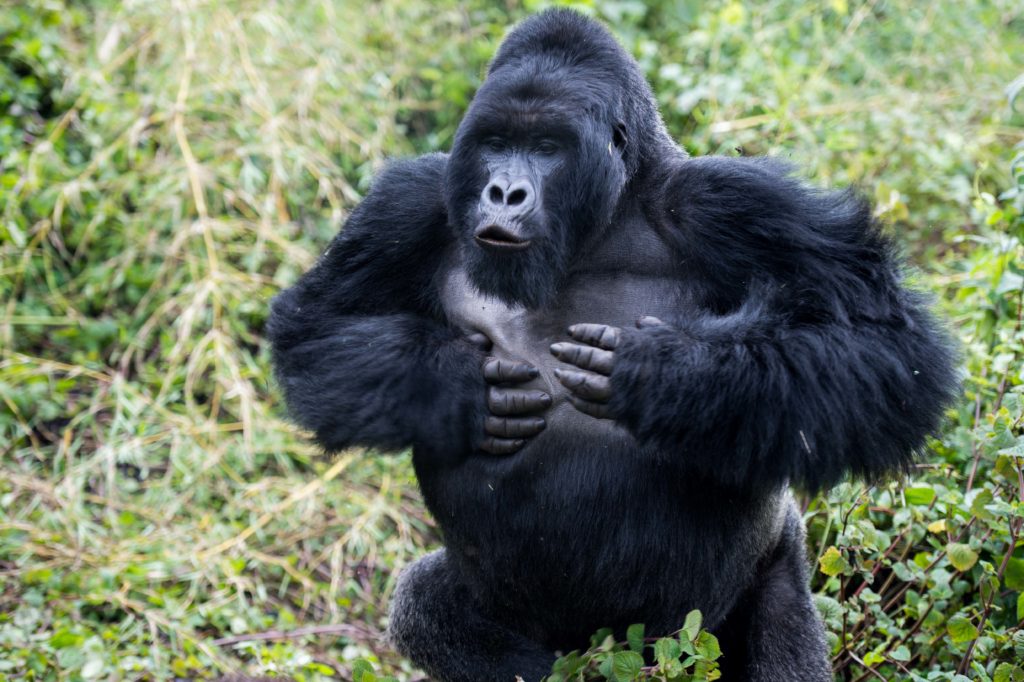
Gorillas represent the largest extant primates.
Envision a being surpassing the highest human in stature, with formidable power in its colossal arms, yet exhibiting an unexpected softness in its gaze. This is the gorilla, a splendid primate inhabiting Africa’s deep rainforests. Indeed, gorillas are classified as primates. They belong to a category of animals recognized for their cognitive abilities, prehensile limbs, and forward-oriented vision. Gorillas are the largest primates on Earth and are categorized as apes, not monkeys.
This article examines the intriguing world of primates, elucidates the distinctive characteristics of gorillas, and identifies their natural habitats.
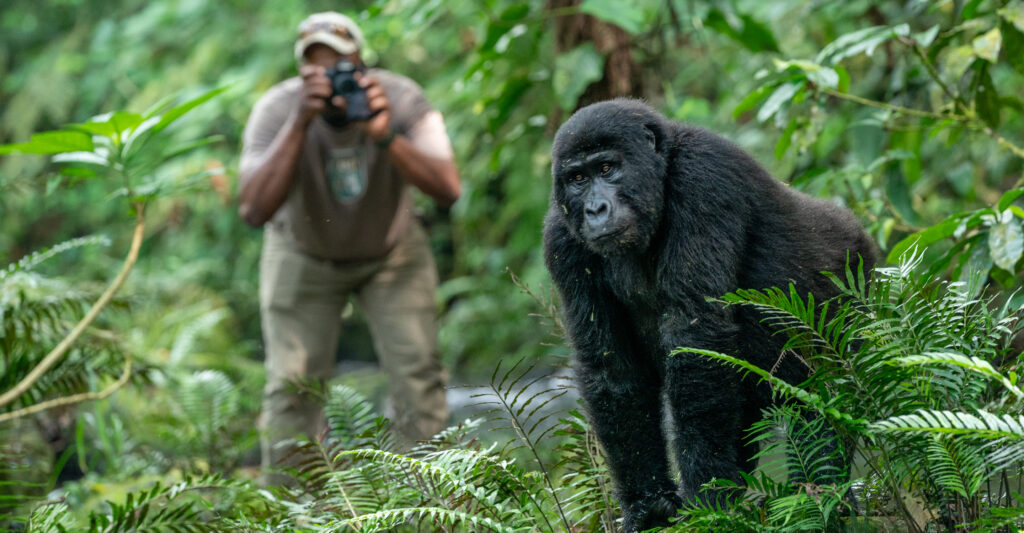
Gorillas represent the largest extant primates.
Envision a being surpassing the highest human in stature, with formidable strength in its colossal arms, yet exhibiting an unexpected tenderness in its gaze. This is the gorilla, a remarkable mammal inhabiting Africa’s deep rainforests. Indeed, gorillas are classified as primates. They belong to a category of animals recognized for their cognitive abilities, prehensile hands and feet, and forward-oriented eyes. Gorillas are the largest primates on Earth and are categorized as apes, not monkeys.
This essay will examine the intriguing realm of primates, elucidate the distinctive characteristics of gorillas, and uncover their natural habitats.
What constitutes Primates?
The gorilla is but one intriguing member of the broader classification known as primates. What precisely defines a primate as a primate? Here is a concise summary:
Primates are classified as mammals, characterized by the presence of fur or hair, the ability to give birth to live offspring, and the provision of milk to their young.
Primates are renowned for their hands and feet specifically adapted for grabbing. They possess flexible fingers and opposable thumbs (or large toes) capable of grasping branches, tools, and food.
Forward-facing eyes: In contrast to numerous other mammals, primates possess eyes oriented towards the front. This enhances depth perception, facilitating accurate distance assessment while navigating through trees or foraging for sustenance.
Primates possess larger and more intricate brains in proportion to their body size compared to the majority of other animals. This underpins their sophisticated intellect, analytical capabilities, and intricate social interactions.
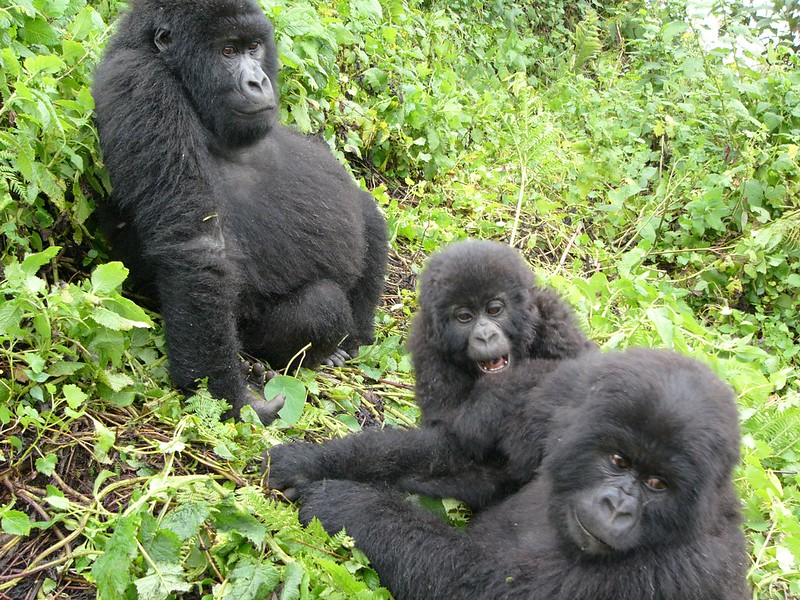
The Phylogenetic Tree of Primates
Gorillas are not the sole primates. Additional primates you may be familiar with include:
Monkeys: Characterized by their elongated tails and lively disposition, monkeys represent a diverse assemblage of primates distributed globally. Similar to other primates, they possess prehensile hands and feet, forward-oriented eyes, and comparatively large brains.
The Great Apes, including chimpanzees, bonobos, and orangutans, are our nearest extant relatives. They exhibit numerous similarities with humans, including substantial brain size, intricate social activities, and the capacity for tool use.
Humans: Contrary to popular belief, we are indeed classified as primates! We exhibit the quintessential monkey traits of prehensile hands, forward-oriented eyes, and remarkably huge, intricate brains.
Gorillas are not monkeys; they are the largest extant apes.
Gorillas evoke respect due to their immense size and strength, being the largest extant primates. Herein lies their distinguishing characteristics:
Size and strength: Gorillas represent the most substantial extant primates. An adult male gorilla can weigh as much as 450 pounds and reach a height over 6 feet when upright. Their massive shoulders and robust arms can effortlessly manipulate objects far exceeding their weight.
They are giant apes, not simians. Gorillas are categorized as apes rather than monkeys. Apes often possess larger physiques, lack tails, and exhibit more intricate cerebral structures in comparison to monkeys, indicating a closer evolutionary relationship to humans.
There are two primary categories: There exist two primary species of gorillas, each exhibiting remarkable adaptations:
Eastern gorillas inhabit the rainforests of Central Africa. There exist two subspecies: the mountain gorilla, characterized by its denser fur in frigid heights, and the eastern lowland gorilla, the most substantial of all gorilla subspecies.
Western gorillas inhabit the woods of West Africa. There exist two subspecies: the Western lowland gorilla, frequently observed in zoos, and the Cross River gorilla, which is the most critically endangered of all.
They adhere closely to a vegetarian diet. Despite their remarkable strength, gorillas are predominantly herbivorous. Their diet primarily comprises leaves, fruit, and various forms of vegetation.
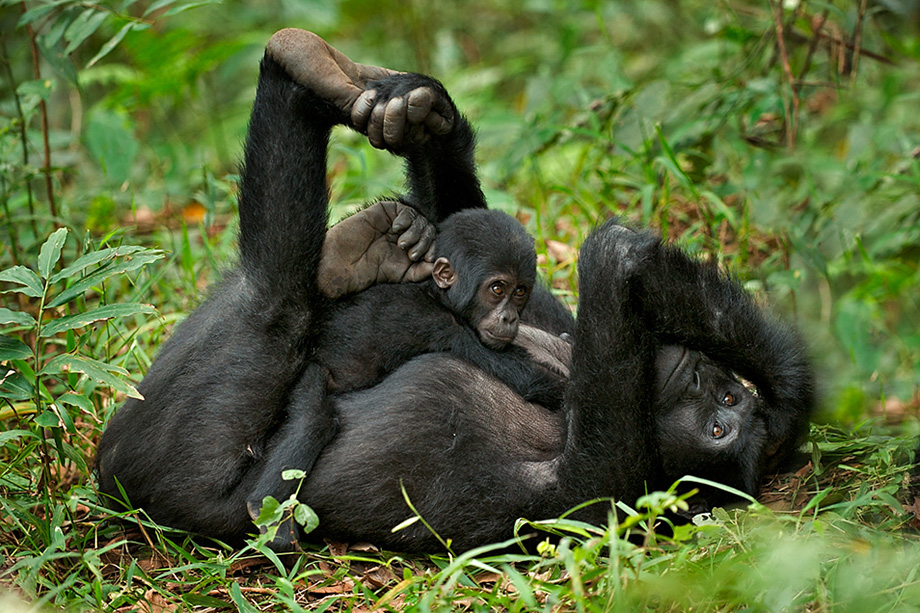
Where Do Gorillas Live?
Gorillas inhabit the verdant tropical woods of equatorial Africa. They are located in two separate regions:
The woodlands of Central Africa: Eastern gorillas reside in the hilly rainforests bordering Uganda, Rwanda, and the Democratic Republic of Congo.
Western gorillas inhabit the rainforests of West African nations such as Gabon, Cameroon, and the Republic of Congo.
Gorillas inhabit precarious ecosystems: Regrettably, their habitats are diminishing due to anthropogenic activities such as deforestation and agriculture, which significantly contribute to the endangerment of numerous gorilla populations.
Mountain Gorillas in East Africa
Mountain gorillas are a distinct and endangered subspecies of eastern gorillas inhabiting the high-altitude forests of East Africa. Here is the essential information regarding them:
Mountain gorillas inhabit elevated terrains, specifically the Virunga Mountains, a volcanic range that extends over Uganda, Rwanda, and the Democratic Republic of Congo, in addition to Uganda’s Bwindi Impenetrable National Park. They flourish at altitudes between 8,000 and 13,000 feet.
Mountain gorillas have adapted to cold temperatures by developing thicker and longer fur compared to other gorilla species. This assists them in maintaining warmth in the frigid mountain atmosphere.
Mountain gorillas are extremely endangered due to habitat degradation, poaching, and conflict. Their population is exceedingly diminished, and conservation initiatives are essential for their survival.
Mountain gorillas inhabit social units known as troops, generally including 10 to 20 members. Each troop is governed by a dominant male silverback, readily identifiable by the silver-gray fur on his back. The troop also include many females, younger males, and newborns.
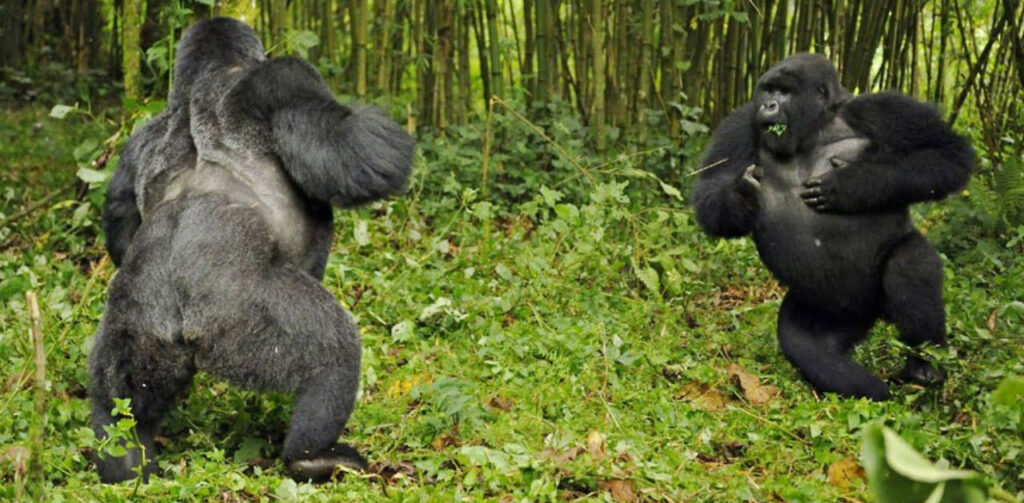
Conservation of Gorillas via Responsible Tourism
Envision the exhilaration of encountering a magnificent mountain gorilla in its verdant, fog-laden environment. Due to conservation initiatives and the emergence of ethical gorilla trekking expeditions, this remarkable experience is now a reality that enhances the welfare of these extraordinary animals. The era in which gorillas were predominantly regarded as elusive beings endangered by human actions has passed. Meticulously regulated tourism, such as that provided by Nkuringo Safaris, is essential for their sustainability.
Responsible gorilla trekking promotes conservation in the following manner:
Financial Support for Conservation: Income derived from gorilla permits and trekking excursions directly finances anti-poaching patrols, habitat preservation efforts, and research initiatives. This financial support is essential for safeguarding the safety and welfare of gorilla populations.
Enhancing Awareness: As an increasing number of individuals encounter gorillas in their natural habitat, comprehension and admiration for these gentle giants expand. This cultivates a worldwide network of proponents committed to their preservation.
Community Engagement: Responsible tourism businesses, such as Gorilla trekking in Africa, collaborate closely with local communities. Local individuals are enabled to act as guardians of their environment, acknowledging the need of conserving gorillas for their future and the welfare of their communities.
